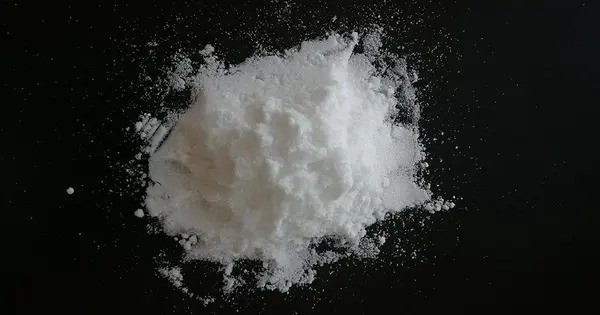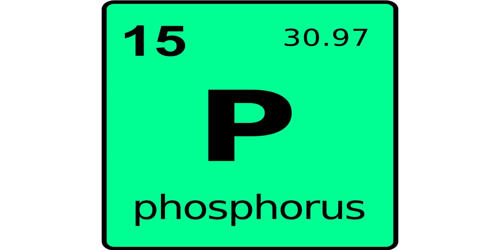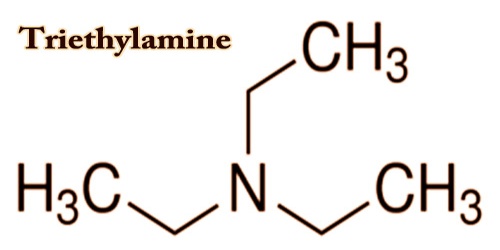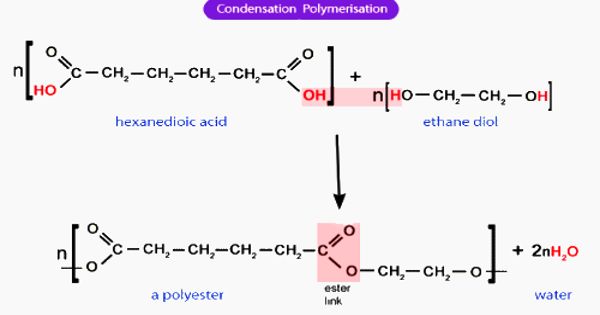Sodium tungstate is the inorganic compound with the formula Na2WO4. This white, water-soluble solid is the sodium salt of tungstic acid. It is a salt composed of sodium (Na) and tungstate (WO₄) ions. It is useful as a source of tungsten for chemical synthesis. It is an intermediate in the conversion of tungsten ores to the metal. It is often used in various industrial and scientific applications due to the unique properties of tungsten.
Properties
- Chemical Formula: Na₂WO₄
- Molecular Weight: Approximately 295.83 g/mol
- Appearance: It typically appears as a white, crystalline solid.
- Solubility: Sodium tungstate is soluble in water.
- pH: It is alkaline in nature, with a pH around 9–10 in solution.
Preparation and structure
Sodium tungstate is obtained by digestion of tungsten ores, the economically important representatives of which are tungstates, in base. Illustrative is the extraction of sodium tungstate from wolframite:
Fe/MnWO4 + 2 NaOH + 2 H2O → Na2WO4·2H2O + Fe/Mn(OH)2
Scheelite is treated similarly using sodium carbonate.
Sodium tungstate can also be produced by treating tungsten carbide with a mixture of sodium nitrate and sodium hydroxide in a fusion process which overcomes the high exothermicity of the reaction involved.
Several polymorphs of sodium tungstate are known, three at only one atmosphere pressure. They feature tetrahedral orthotungstate dianions but differ in the packing motif. The WO2−
4 anion adopts a structure like sulfate (SO2−4).
Reactions
Treatment of sodium tungstate with hydrochloric acid gives the tungsten trioxide or its acidic hydrates:
Na2WO4 + 2 HCl → WO3 + 2 NaCl + H2O
Na2WO4 + 2 HCl → WO3·H2O + 2 NaCl
This reaction can be reversed using aqueous sodium hydroxide.
Uses
The dominant use of sodium tungstate is as an intermediate in the extraction of tungsten from its ores, almost all of which are tungstates. Otherwise sodium tungstate has only niche applications. In organic chemistry, sodium tungstate is used as catalyst for epoxidation of alkenes and oxidation of alcohols into aldehydes or ketones. It exhibits anti-diabetic effects.
- Catalysis: Sodium tungstate is used as a catalyst in various chemical reactions, especially in the production of certain chemicals like formic acid or in organic synthesis processes.
- Electronics: Due to its high melting point and thermal stability, it is used in the electronics industry, particularly in applications like coatings for electrical contacts and as a component in certain electronic devices.
- Pigments and Dyes: Sodium tungstate has been used in the production of certain pigments, particularly for ceramics and glass.
- Fluorescent Coatings: It has been used in the preparation of fluorescent coatings.
















